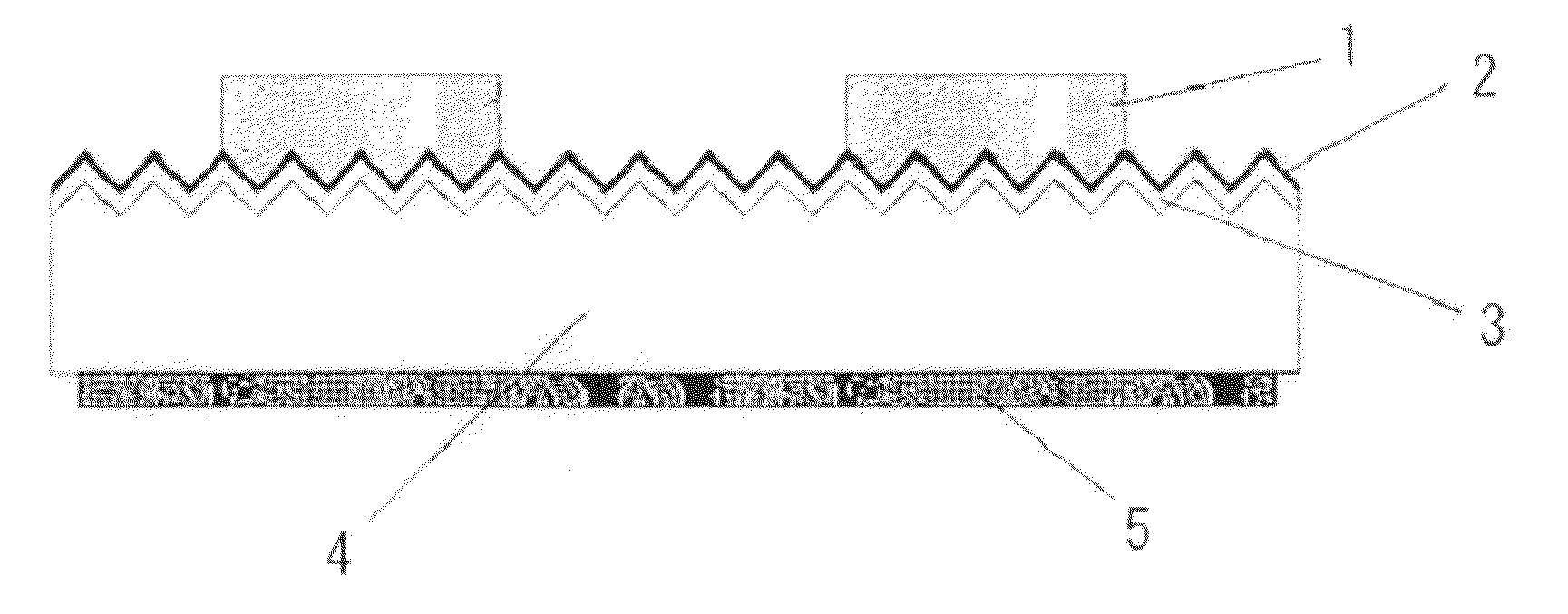Conductive paste for forming a solar cell electrode
a solar cell and electrode technology, applied in the direction of conductors, metal/alloy conductors, liquid/solution decomposition chemical coatings, etc., can solve the problems of low conversion efficiency of solar cells, low ohmic contact between front electrodes, and variation in adhesive strength, so as to achieve good solar cell characteristics
- Summary
- Abstract
- Description
- Claims
- Application Information
AI Technical Summary
Benefits of technology
Problems solved by technology
Method used
Image
Examples
examples
[0058]The present invention is explained in detail below by means of examples, but the present invention is not limited thereby.
1. Preliminary Test
[0059]Preparation of Samples 1 to 11
[0060]100 parts by weight of silver powder and 2 parts by weight of glass frit having the compositions shown in Table 1 were dispersed together in an organic vehicle composed of 1.6 parts by weight of ethyl cellulose and 6.4 parts by weight of butyl carbitol, to prepare conductive pastes (Samples 1 to 11). The ingredients in the glass compositions shown in the table are all given in mol % as oxides.
[0061]The powders listed in the “silver powder” columns in the table are as follows. The average particle size D50 shown below corresponds to a weight-based cumulative 50% value in particle size distribution as measured with a laser diffraction particle size analyzer.[0062]Silver powder X: Spherical powder,[0063]average particle size D50=1.8 μm[0064]Silver powder Y: Spherical powder,[0065]average particle siz...
PUM
| Property | Measurement | Unit |
|---|---|---|
| thickness | aaaaa | aaaaa |
| refractive index | aaaaa | aaaaa |
| thick | aaaaa | aaaaa |
Abstract
Description
Claims
Application Information
 Login to View More
Login to View More - R&D
- Intellectual Property
- Life Sciences
- Materials
- Tech Scout
- Unparalleled Data Quality
- Higher Quality Content
- 60% Fewer Hallucinations
Browse by: Latest US Patents, China's latest patents, Technical Efficacy Thesaurus, Application Domain, Technology Topic, Popular Technical Reports.
© 2025 PatSnap. All rights reserved.Legal|Privacy policy|Modern Slavery Act Transparency Statement|Sitemap|About US| Contact US: help@patsnap.com



